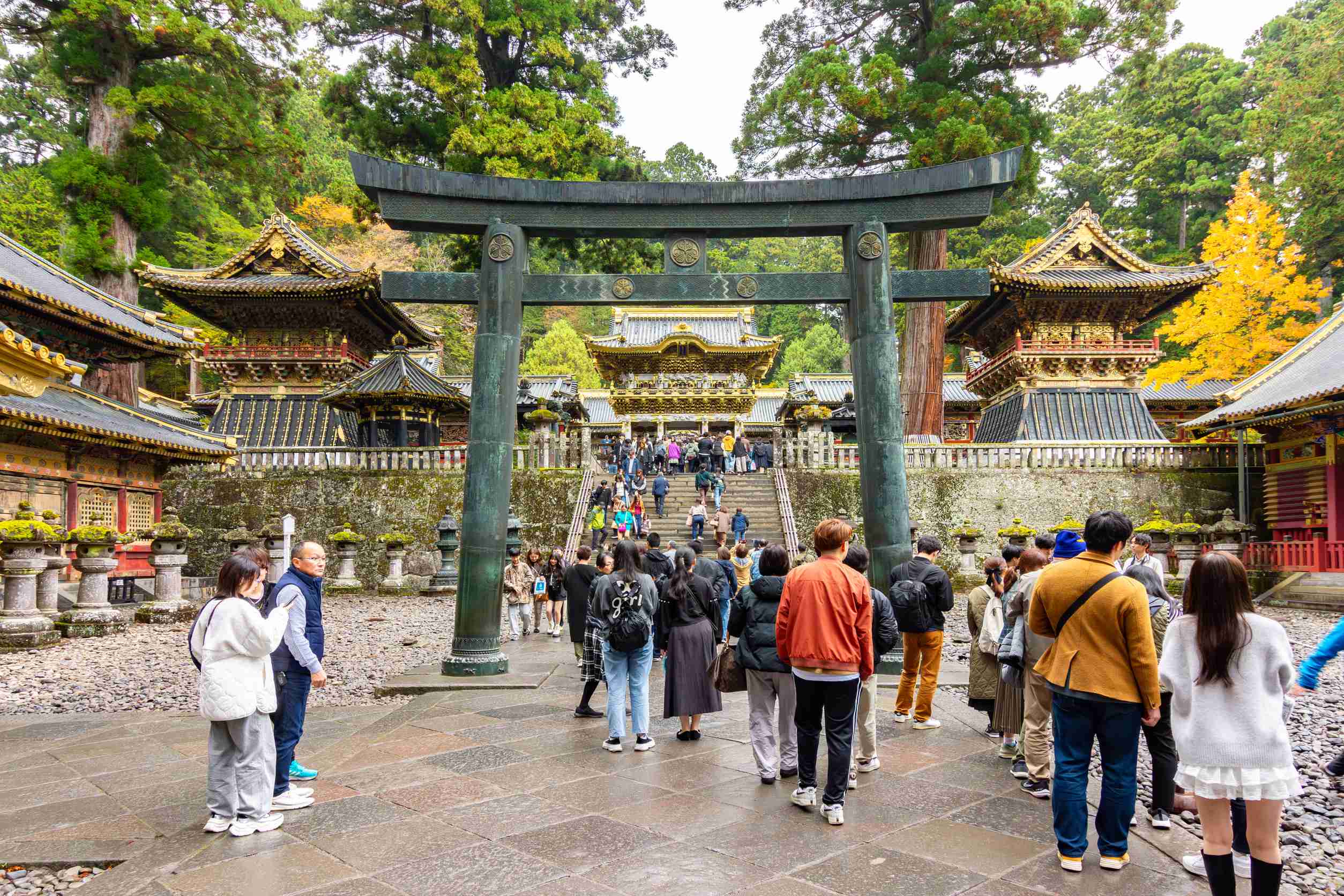Japan has clarified and expanded the use of its eVisa system for short-term travel, offering a more direct and digital route for visitors from selected countries. With travel demand rising and new systems being prepared, there is greater need for simple, accurate guidance.
This report outlines the current rules, how the eVisa works in practice, and what travellers should be aware of when planning their visit.
The Japan eVisa is available for short-term tourism stays under a validity of 90 days and allows single entry.

It is open to nationals or legal residents of the following:
Applications are submitted through the JAPAN eVISA platform. No visit to an embassy or consulate is required for these applicants. Once approved, travellers receive a digital confirmation. It is recommended to keep a digital and printed copy on hand when departing for Japan.
Many travellers enter Japan without needing a visa. These visa-exempt travellers do not use the eVisa system at all.
A clear example is Singapore.
Singapore passport-holders are still allowed visa-free entry for short visits. They do not need an eVisa, and the exemption has not changed.
The eVisa is only for travellers who require a visa for entry but are eligible to complete the process digitally.
This distinction matters because misreporting online has led to confusion. Some unofficial sources listed Singapore among eVisa-eligible categories. The correct position is simple: Singapore travellers are exempt, not eVisa users.
Certain countries fall into a middle category, where eligibility depends on where the traveller resides, and whether the application must be submitted through an approved travel agency.
One consistent example is the United Arab Emirates (UAE).
UAE nationals and residents may have access to eVisa-linked channels, but the process may involve authorized agencies rather than direct online submission.
Travellers in this group should check country-specific instructions before applying.
Japan is preparing to launch a new pre-travel authorization system called JESTA, similar to the US ESTA or EU ETIAS, for travellers who enter visa-free today.
The JESTA system will not replace the eVisa.
Instead, JESTA applies to travellers who do not need visas, and the eVisa remains for those who do.
To avoid confusion or delay:
This approach ensures a clear entry process and avoids misinformation.
Japan’s travel entry rules are now more organized and easier to follow:
Step1: Fill out the online application form with your personal details and passport information.
Step2: Proceed to securely make an online payment using your credit card.
Step3: Check your email for the confirmation of payment and the receipt of your Japan eVisa, which will be sent electronically.